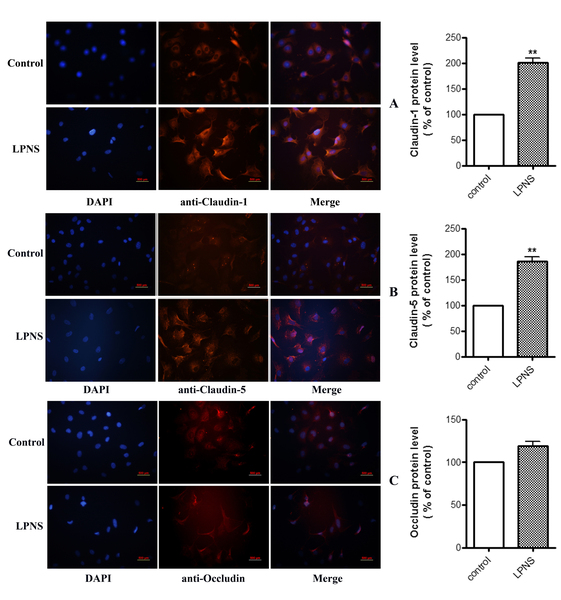The Protective Effects of Panax notoginseng Saponin on the Blood-Brain Barrier via the Nrf2/ARE Pathway in bEnd3 Cells
(1) Kunming NO.1 High School, Kunming, Yunnan, China, (2) Yunnan University of Traditional Chinese Medicine, Kunming, Yunnan, China
https://doi.org/10.59720/15-074
Cerebral microvascular endothelial cells (CMECs) are the main component of the blood-brain barrier (BBB), a critical determinant in the selective diffusion of substances into the brain. The injury of CMECs by oxidative stress contributes to BBB disruption, which is related to neurological diseases. Activation of the Nrf2/ARE pathway is one of the most critical endogenous defense mechanisms against cellular damage caused by oxidative stress. Substances that activate the Nrf2/ARE pathway are therefore potential neuroprotectants. We investigated the potential protective effects of the total saponins in the leaves of Panax notoginseng (LPNS) on oxidative-stress-induced damage in bEnd3 cells (a mouse cerebral microvascular endothelial cell line). Lactate dehydrogenase (LDH) assays indicated that LPNS protects against H₂O₂-induced cell death in both a concentration- and time-dependent manner. Pretreatment of bEnd3 cells with 10 μg/mL LPNS for 24 h significantly increased expression of the tight junction proteins claudin-1 and claudin-5, activated Nrf2 (shown by nuclear translocation), and up-regulated Nrf2’s downstream antioxidant genes including heme oxygenase1 (HO-1, HMOX1 gene) and NAD(P)H:quinone oxidoreductase 1 (NQO-1). This study demonstrates for the first time that the protective effects of LPNS on CMECs involve the activation of the Nrf2/ARE pathway and indicate that LPNS may be a potential therapeutic candidate for treating neurological diseases.
This article has been tagged with: